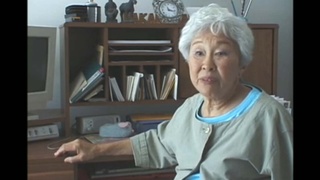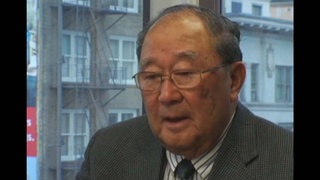Interviews
Returning to Japan on a prisoner-of-war exchange boat (Japanese)
(Japanese) When the war started, Amano lived in Panama. There was an unobstructed view of the Panama Canal from his house so he often took pictures. At the time, war was unavoidable between the America and Japan; there was already a lot of tension. So Amano, who lived in Panama with an unobstructed view of the Panama Canal visible from his residence and seemed to have lavish life, naturally became a target of American surveillance. He was under surveillance and when the war started; he was captured. Then, he was sent to the U.S., and from the U.S., he was shipped out on the very first prisoner-of-war boat to, I think, Madagascar. Americans in Japan and Japanese in America, if I’m not mistaken, were traded by prisoner-of-war ships in Madagascar* (Note: The exchange actually took place in Singapore), and they were returned to each country. Amano was on the very first ship so he returned to Japan with only the clothes on his back.
Date: May 7, 2007
Location: California, US
Interviewer: Yoko Nishimura
Contributed by: Watase Media Arts Center, Japanese American National Museum









